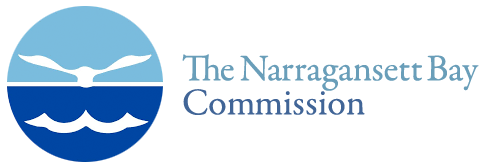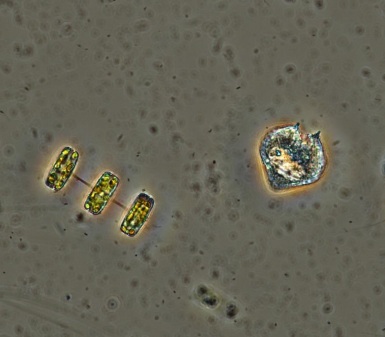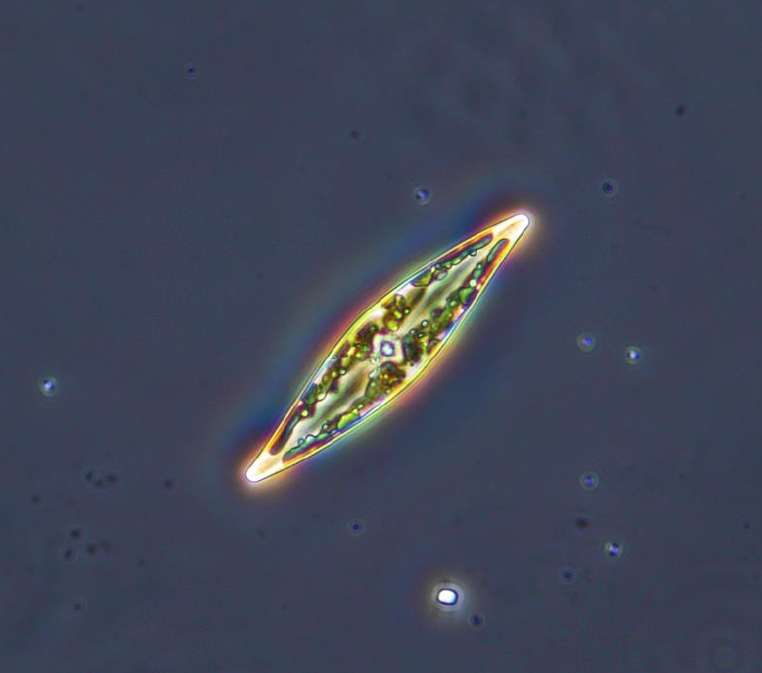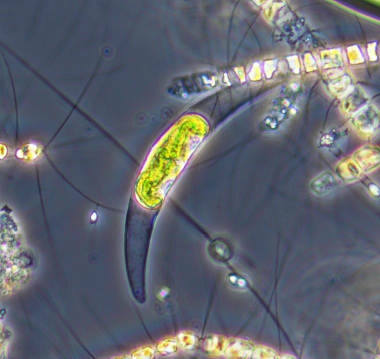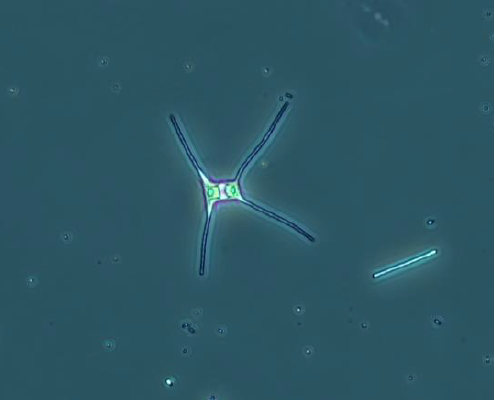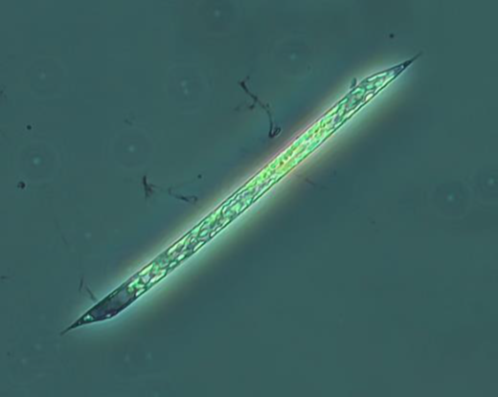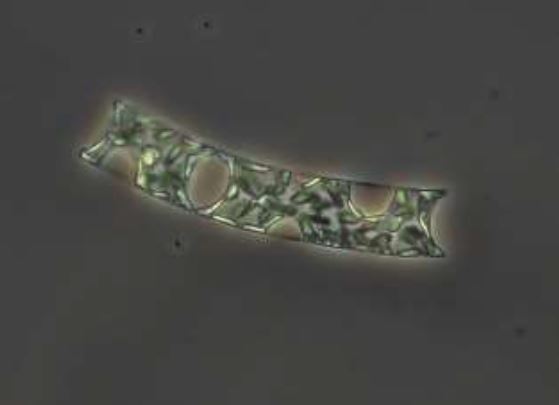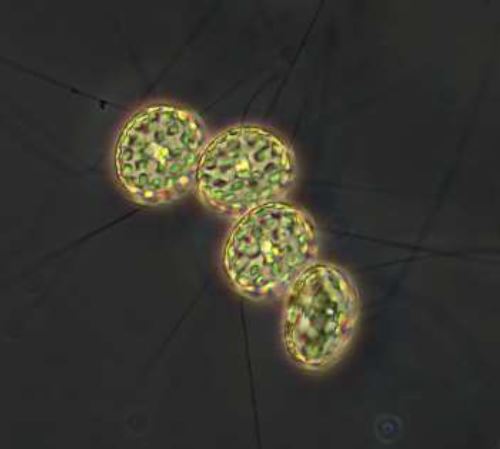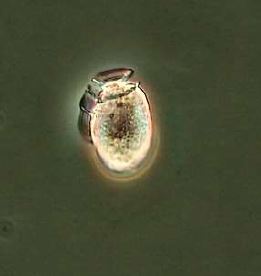June 25, 2025
Phytoplankton samples were collected on June 25, 2025 at Bullock’s Reach and analyzed in the laboratory shortly after collection.
The water temperature was 24.98 °C, the salinity was 24.10 psu, and the chlorophyll a was 8.14 ug/L.
The qualitative tow net sample had a long filtration time. The filtrate contained jellyfish and had a golden brown coloration.
The analysis of the quantitative whole water sample revealed a total of 1,501,000 cells/L. The microflagellates were found at 330,000 cells/L. The most predominant phytoplankton genera were Cerataulina spp. at 437,000 cells/L, Skeletonema spp. at 287,000 cells/L, and Heterocapsa spp. at 147,000 cells/L.
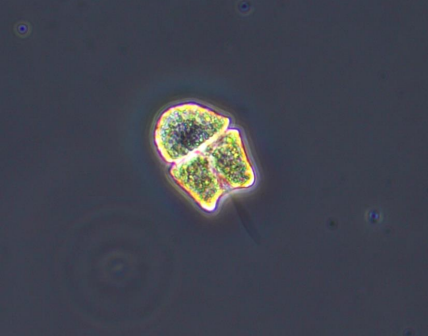
Akashiwo sanguinea is a planktonic dinoflagellate which lives as a single cell and uses one flagellum for locomotion. These dinoflagellates are mixotrophic, which means they can use different sources for energy and carbon uptake. They are photosynthetic, containing a large number of chloroplasts radiating from the center of the cell, and also prey on various types of smaller organisms.
